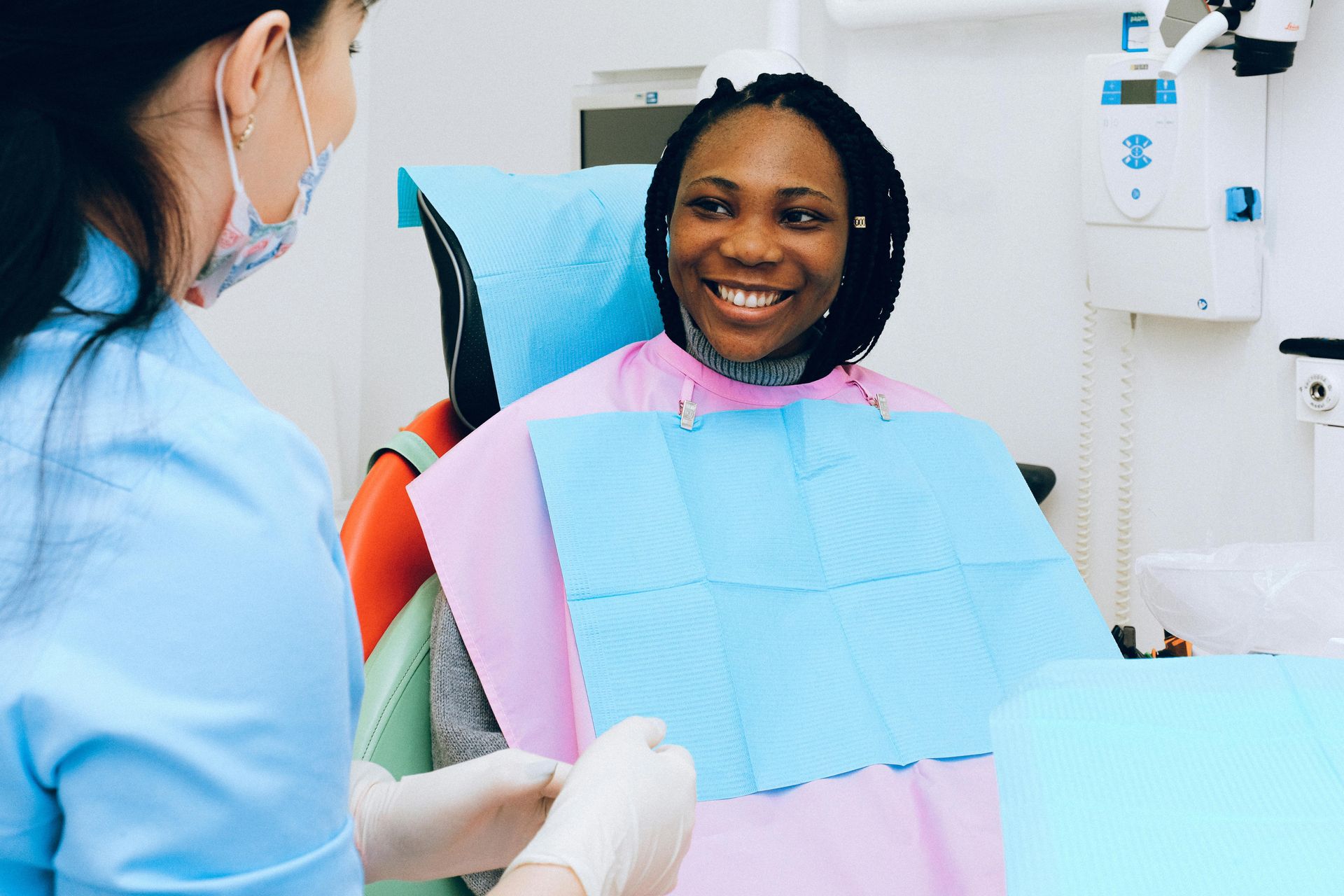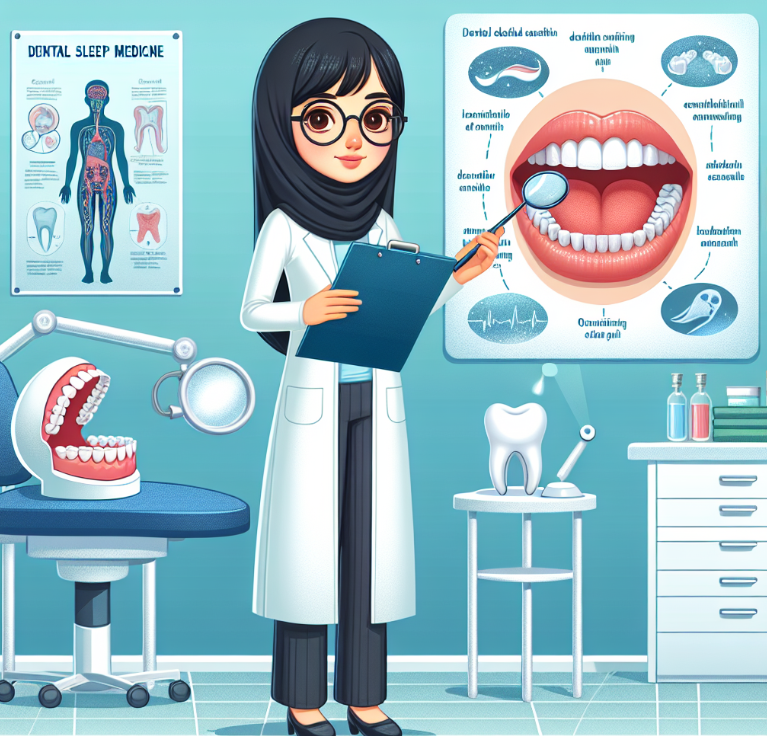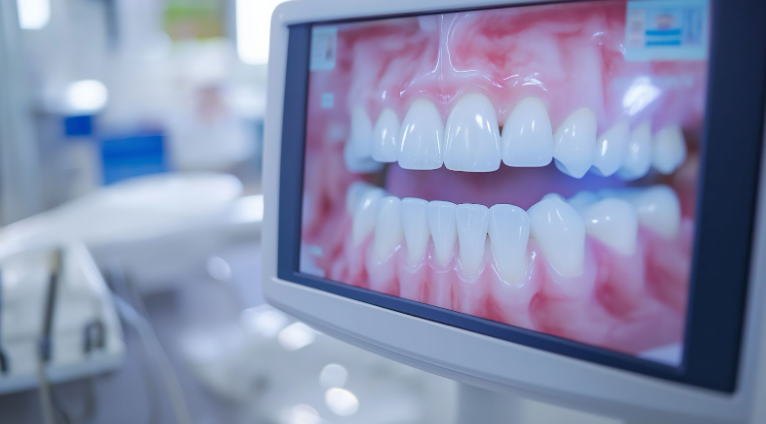How to Respond to a Dental Emergency
April 25, 2020
Dental emergencies are an unfortunate fact of life. Excellent preventative and daily care can help prevent many serious dental conditions, but accidents can happen anywhere. Knowing the facts and being prepared to respond can help you prevent the worst results in case of emergency. Today we’ll be discussing common emergency situations and best to respond.
If you find yourself experiencing extreme dental pain, please do not hesitate to contact our Evanston dentist for help!
Recognizing an Emergency
Most people will recognize a knocked-out tooth as a dental emergency, but it’s important to treat unseen pain just as seriously. Any kind of significant dental or gum pain should be communicated to your local dental office as soon as possible. If you are experiencing a dental emergency, most offices (including our Evanston dentist), will see you immediately. In many cases, early treatment can be the key to a speedy recovery!
Common Emergencies
Dental Traumas: Avulsions
Commonly referred to as a knocked-out tooth, dental avulsions need proper and swift response to be corrected. You may be able to save your tooth if you pick it up by the crown (never the root), rinse the tooth without scrubbing it, and attempt to insert it back into the socket before seeing your dentist. If you cannot reinsert it, you can try storing it between your gum and lip on your way to the office or transporting it in a small container of milk.
Dental Traumas: Chipped, Cracked, or Broken Teeth
We won’t sugar-coat it—as dentists, we advise against sugar-coating in general—the pain of a chipped, cracked, or broken tooth can be unbearably painful. Many people will reach for any pain medicine they have on hand to try to manage their discomfort. If you experience dental damage, be advised to only use acetaminophen and a cold compress (on the affected area of your face). Other medications, as well as numbing gels, can interfere with your dental work when you arrive at the office.
Dental or Gingival Abscess
Severe throbbing, swelling, temperature sensitivity, and fever are symptoms that come with dental and gingival (gum) abscesses. Some people may be able to see their abscess in the mirror as an irritated bump in the affected area. It’s very important to contact a dentist in these cases so that the infection is not allowed to spread.
Acute Pulpitis
Acute pulpitis is a painful dental condition that causes the inner pulp of one or more teeth to become inflamed. Caused by invasive bacteria, the condition may be reversible when you visit a dentist during the early stages. Left untreated, a person with acute pulpitis may develop a periapical abscess or experience a spread of infection to other parts of the body. Symptoms include dull but continuous tooth pain, sensitivity in the jaw, swelling of the jaw or face, and/or a fever.
Contact Our Evanston Dentist
During these difficult times, Stephens Dentistry continues to see patients in need of emergency dental care. Please do not suffer while our skilled and compassionate team stands by to help! We can help remedy what ails you. Contact us today.
The post How to Respond to a Dental Emergency appeared first on Stephens Dentistry.



Join Our Elite Dental Family


©2022 Stephens Dentistry. All Rights Reserved.


